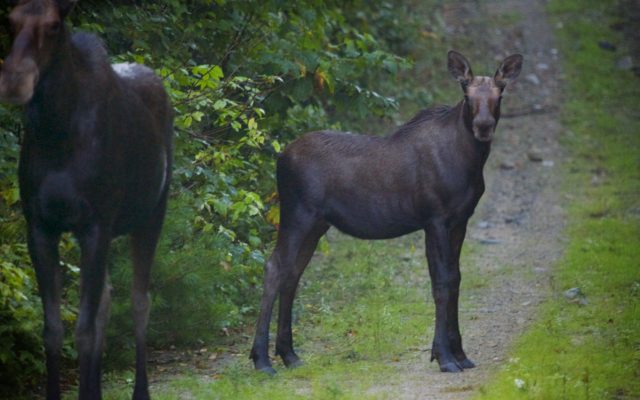
Ingrained in state culture, beloved atlases are a must for Mainers
By Bob Duchesene
Every Mainer receives two things at birth: a name, and a Delorme’s Maine Atlas.
The atlas is so ingrained in Maine culture that a car feels empty without one. Sure, nowadays there are GPS devices and apps that modernize direction-finding, but there’s still a comfort in leafing through the pages of an old-fashioned atlas. Torn pages and coffee stains testify that its owner has actually gone somewhere.
Each atlas page has secrets. Tiny symbols invite exploration of recreation areas, family outing opportunities, and unique natural features. And there are ghosts on these pages – ghosts of places that once were – places where only the name survives.
Many of the ghosts have funny names. A drive from Rockwood to Jackman takes motorists through Taunton & Raynham Academy Grant, which is just north of Misery Gore.
When Maine became a state in 1820, part of the separation agreement with Massachusetts required that the two states divide up any land that hadn’t already been granted to someone. Massachusetts could then sell its share of the land and pay off its debts for the War of 1812. In reality, a lot of Maine land had already been sold while the state was still part of Massachusetts, helping to pay off debts incurred during the American Revolution.
Historically, the act of fighting the British moved a lot of Maine real estate.
Several grants around Moosehead Lake were made to fund educational institutions. Taunton is so old, it was founded by the original Pilgrims. This southern Massachusetts town is closer to Providence than Boston. The original Taunton & Raynham Academy is barely a footnote in history, but the name survives, printed on the Maine map just west of Rockwood.
Likewise, Sandwich Academy Grant was given to a school founded in 1804 on Cape Cod in Sandwich, Massachusetts. The academy is long gone, but its namesake ghost is on the Maine map, just west of the Taunton & Raynham Academy ghost.
Days Academy in Wrentham, Massachusetts was founded in 1806. It disappeared 64 years later, but its ghost survives. The Days Academy Grant Township sits at the entrance to Mt. Kineo on the east side of Moosehead Lake.
Bowdoin College was a Massachusetts institution for 26 years before Maine gained statehood. The Massachusetts legislature considered it important enough to double the usual donation. In 1812, it gifted the college with two townships, now on the map as Bowdoin College Grant West and Bowdoin College Grant East. They lie just east of Greenville.
Some of the land was sold to subsidize other Bay State priorities. In the 18th Century, canals moved large quantities of goods. Erie Canal may be the most famous, but the Middlesex Canal lasted half a century, connecting Boston to the Merrimack River. To help fund this early Big Dig, two parcels of Maine land were granted, one on each side of Moosehead Lake’s north end. Little remains of the Middlesex Canal, but its name still lingers on the Maine map.
Massachusetts Gore is a small piece of land just beneath Coburn Gore, along the New Hampshire border in Franklin County. The first part of its name is a relic of the fact that Massachusetts retained the timber rights. The latter part means the parcel was a mistake. All of Maine is divided into townships. Southern Maine towns tend to be irregularly shaped, corresponding to historic settlements. Northern Maine townships are evenly square, six miles on a side. Early surveying was good, but with different companies in the woods doing different survey work, sometimes lines didn’t exactly match up. Gore is an Old English word for such mistakes. Rather than resurvey, gores were simply marked on the map and given a name.
Misery Gore in Somerset County is 17 miles long, but just a half mile wide. Hibbert’s Gore in Lincoln County is a tiny sliver of a mistake – totaling just 640 acres, in the shape of a flagpole. Altogether, there are eight gores on the Maine map.
Most unorganized townships are simply designated by letters and numbers. T2 R3 corresponds to Township 2, Range 3. But the map is full of anomalies. A northbound trip to Rangeley travels through Township E. Although Township D lies just west of it, and Township C is west of D, there is no Township A or B. And how does one explain E Township in Aroostook County, 175 miles away as the confused crow flies? The Maine Atlas: a book of ghosts and mysteries.